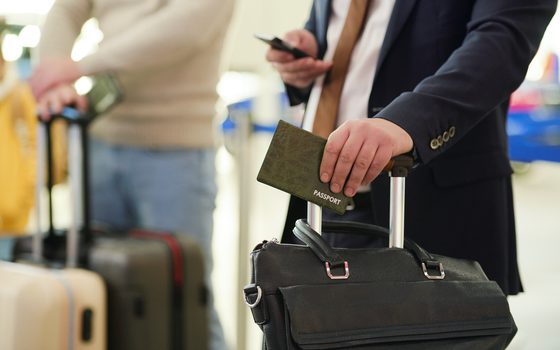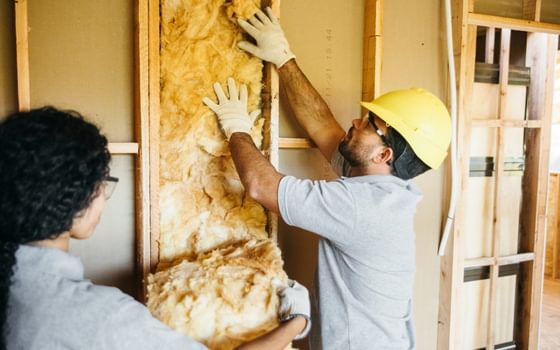Landing the blame: overfishing in the deep sea 2019 – 2020
Uncovering the EU Member States most responsible for setting fishing quotas above scientific advice
14 December 2018
Fisheries ministers are risking the sustainability of fish stocks by consistently setting fishing limits above scientific advice. This is our fifth year running a series of briefings to identify which Member States are standing in the way of more fish, more profits, and more jobs for European citizens.
Food for an additional 89 million EU citizens. An extra €1.6 billion in annual revenue. Over 20,000 new jobs across the continent. Far from being a pipe dream, all of this could be a reality, if we paid more attention to one of Europe’s most significant natural resources – our seas. If EU waters were properly managed – with damaged fish stocks rebuilt above levels that could support their maximum sustainable yield (MSY) – we could enjoy their full potential within a generation.
Fishing limits vs scientific advice
Every year, fisheries ministers have an opportunity to make this a reality when they agree on a total allowable catch (TAC) for commercial fish stocks. Scientific bodies, predominantly the International Council for the Exploration of the Sea (ICES), are commissioned to provide information about the state of most stocks and advise on maximum catch levels. Yet overfishing continues as this scientific advice goes unheeded.
Our historical analysis of agreed TACs for EU waters between 2001 and 2018 shows that, on average, two-thirds of TACs were set above scientific advice. While the percentage by which TACs were set above advice declined throughout this period (from 42% to 8% in all EU waters), the proportion of TACs set above advice did not.
The reformed Common Fisheries Policy (CFP) that entered into force in 2014 aims to restore and maintain populations of fish stocks above levels capable of supporting MSY. The corresponding exploitation rate was to be achieved by 2015 where possible and by 2020 at the latest for all stocks. Following scientific advice is essential if we are to achieve this goal, end overfishing, and restore fish stocks to healthy levels.
Agreements behind closed doors
The negotiations over TACs are held by the Agricultural and Fisheries configuration of the EU Council of Ministers. These negotiations are not public, only their outcomes are. This lack of transparency means that ministers are not on the hook when they ignore scientific advice and give priority to short-term interests that risk the health of fish stocks. This briefing, a continuation of the Landing the Blame series, reveals which Member States and ministers are behind decisions that go against the EU’s long-term interests. This conclusion is reached by analysing the outcomes of the negotiations and calculating which Member States end up with TACs above scientific advice. The key assumption is that these Member States are the main drivers of overfishing, either because they have been actively pushing for fishing limits to be set above scientific advice, or they have failed to prevent such limits being put in place. A Freedom of Information Request revealed that the results of the Landing the Blame series closely corresponded with the Member States’ positions heading into the Council negotiations.
The deep-sea TACs for 2019 and 2020
Unlike the TACs for the Baltic Sea, the North Sea, and the Northeast Atlantic, which are set annually, TACs for the deep sea are set for a two-year period. For this briefing, both years are added together, with full tables available in Annex 1.
Most deep-sea TACs were reduced from previous years, with the exception of two fisheries for which TACs were raised in accordance with scientific advice as stocks are recovering.
Analysis of the twelve deep-sea TACs shows that seven were set above scientific advice. Some of the excess TAC (TAC set above scientific advice) goes to all eight EU deep-sea nations: Denmark, Germany, Estonia, Finland, Lithuania, Latvia, Poland, and Sweden.

Campaigns Landing the blame Fair, sustainable fishing
Topics Environment Fisheries & farming







